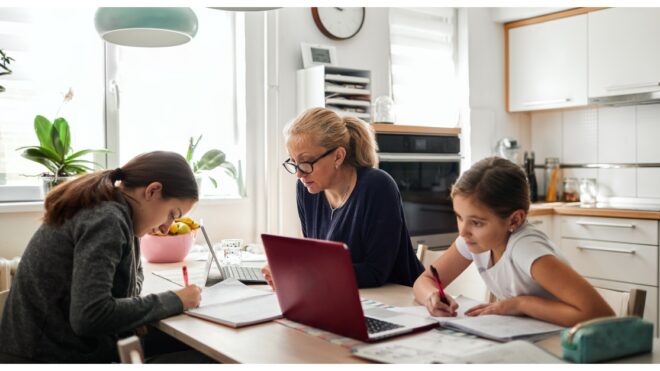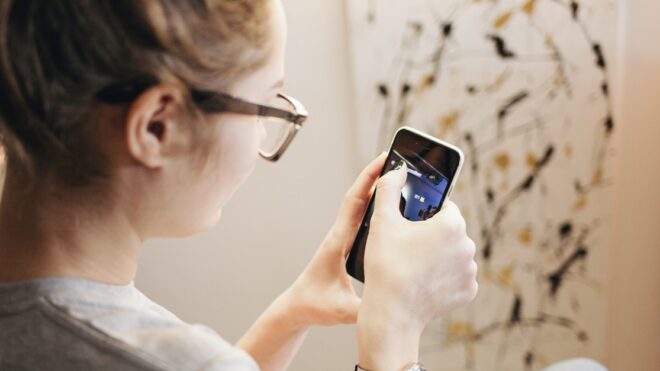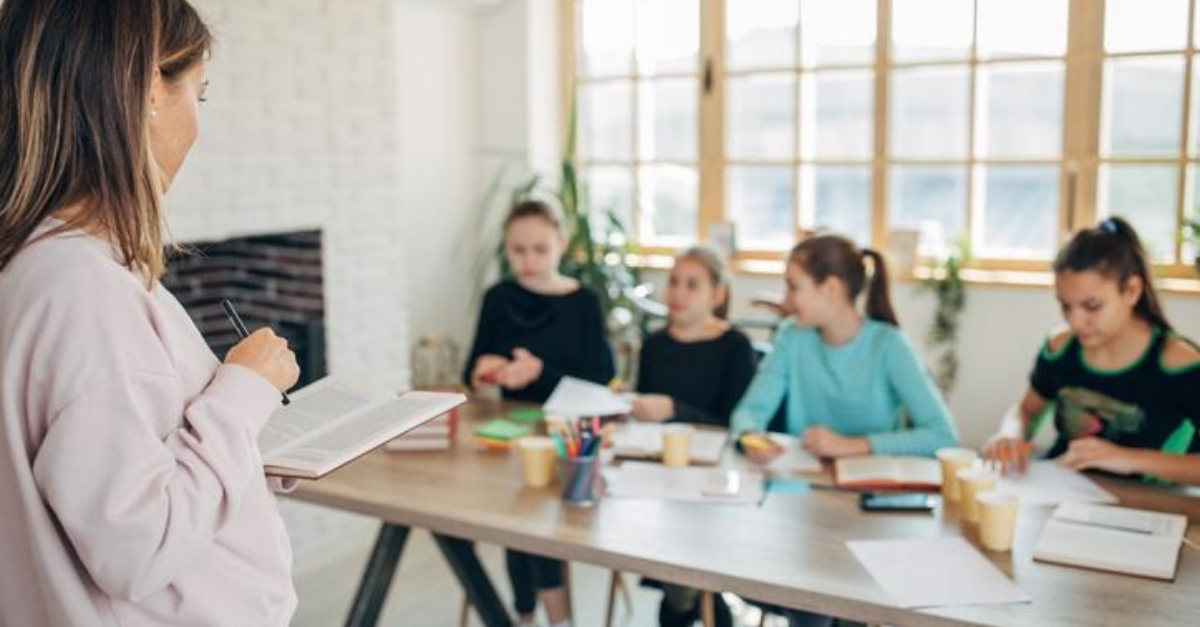
Many parents are feeling stuck when it comes to options for their children's education this fall. The solutions being posed by most school districts don't work for some families one way or another. That leaves parents feeling the need to take matters into their own hands. Their children's best interests are at heart, but some are concerned the bigger picture is being lost in the process.
As parents are looking into options outside of city and state schooling, many are looking at two different options. Some like-minded families who are comfortable with the health and safety precautions of others are considering microschools. Microschools involve these families coming together to hire a teacher who uses a curriculum the parents purchase or create themselves.
The second option is homeschooling pods. The pods are thought to be similar to traditional homeschool co-ops, which have children of a similar age range, typically across consecutive grades, being taught the curriculum of their district or locality by a teacher. Homeschooling pods have already shown a wider range, with many families changing the rules based on their groups' needs.
For a select group of families, these arrangements will be a lifesaver. Realistically, however, these options are out of reach for most. They require a certain financial commitment that isn't feasible for the average family. They also require flexibility in time and setting that not all families can hack. Experts and parents alike are concerned about how these options can widen educational disparity gaps between students of different circumstances.
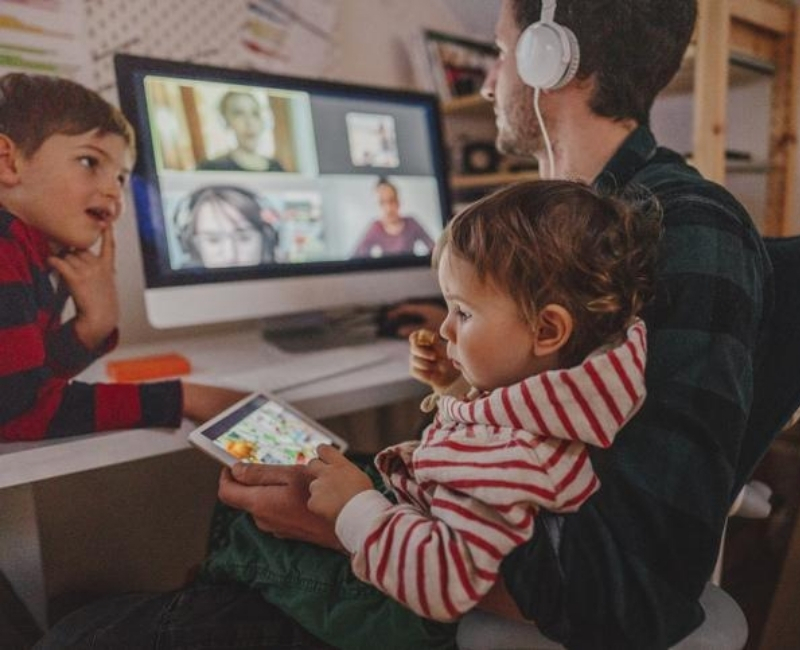
Parents who are unhappy with the options presented by schools in their area are looking to different educational models this year. They want the best for their kids and they want their education to remain uninterrupted, which is entirely understandable. Some of the options they're looking at may have major repercussions outside of their own children's educational journeys, however.
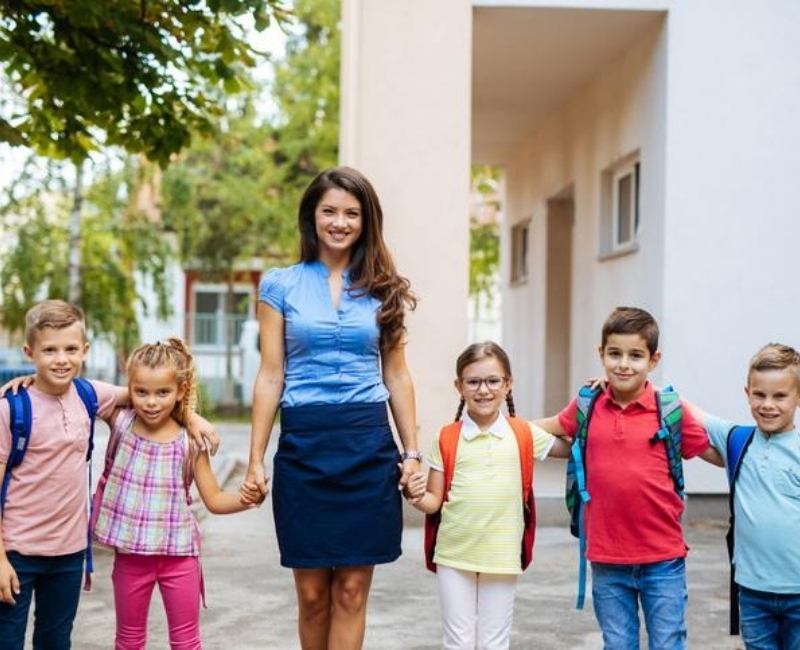
The options for handling education this year are as varied as the families needing help. Two popular options have arisen from the need for a different kind of schooling. One is microschooling. The other is homeschooling pods. Despite the fact that the terms have been used almost interchangeably, there are some important differences to understand in order to grasp the scope of what's happening.

Microschools are typically for groups of 10 children or fewer. These students' parents pool resources to hire a private teacher. The teacher then instructs the children based on a curriculum that is either created by or purchased by parents.
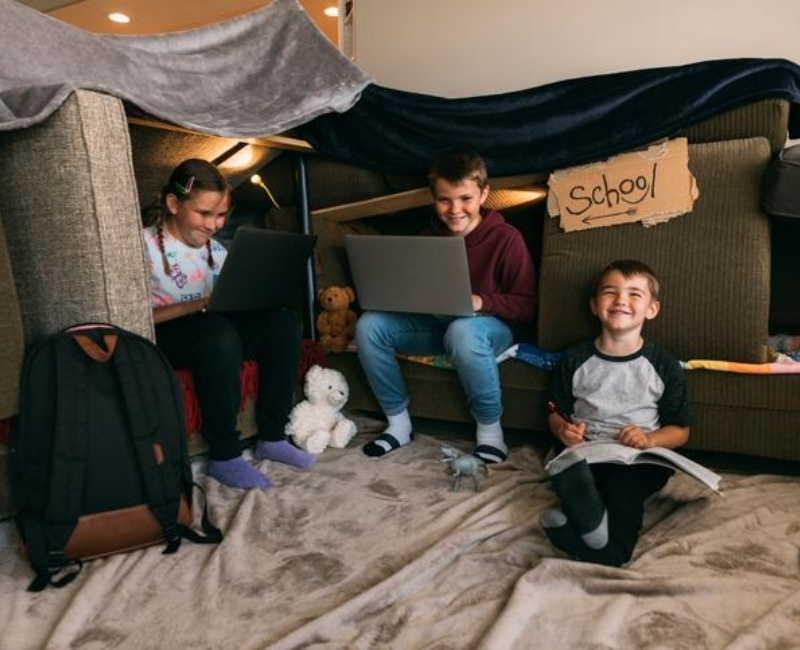
Homeschooling pods seem to have taken on a more fluid definition. They are traditionally operated similarly to homeschooling co-ops, with kids in the same area being taught the local curriculum by a teacher. It can happen virtually or remotely.
At their most structured, homeschooling pods can be similar to microschools. The term has also come to encompass families that are taking turns having kids rotate through different households to do remote schooling together.
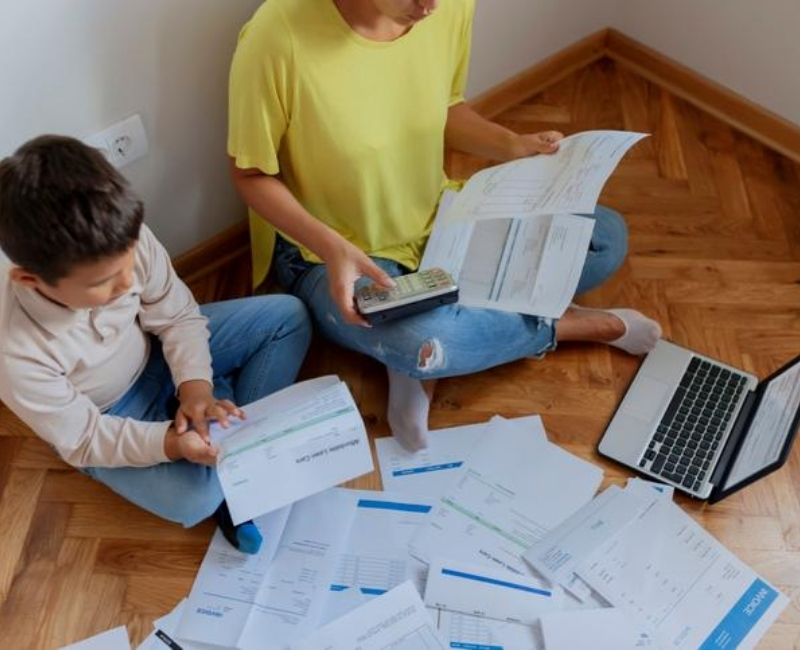
For many parents, being able to put something like this together is simply not within reach. It requires a substantial financial investment, which has been estimated to be around the $10,000 mark per family over the course of the school year, depending on the number of children included.
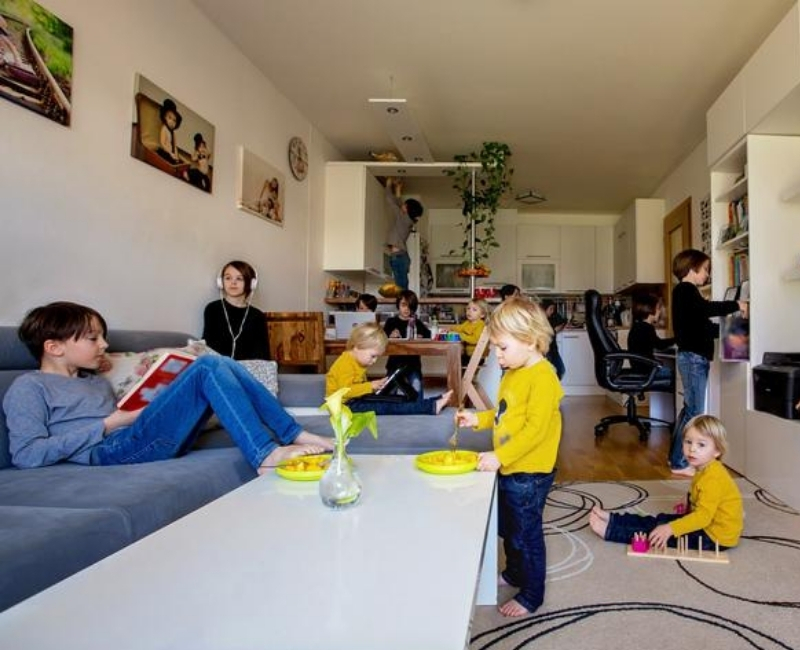
Many of these arrangements also require parents to volunteer their time and, sometimes, share their space with other families. For working parents, parents with custody arrangements, and single parents, these are difficult tasks to meet. If not all members of a pod or microschool can make equal contributions, are they expected to somehow make up the difference in other ways that might cost them more?
Tyrek Laing, CEO and executive director of Educators for Justice, spoke to Forbes about the potential issues with inequities in these models:
"This would create a less equitable education for kids that are not part of the upper-middle class, who are not part of the 1%. What would school pods look like for children who live in public housing, for parents who are not able to work from home or who don't have the budget to hire teachers?"
Many say that the families that are seeking out these resources would be working toward the greater good if they petitioned their local schools for better plans and policies. As they remove students for these more exclusive learning options, they are lowering enrollment rates, which in turn leads to lower funding for schools that need it the most. As with many educational disparities, Black and brown students will feel those cuts the most.
That is not to say that Black and brown families in affluent communities are not also looking at these options, as Prudence L. Carter, professor and dean of the Graduate School of Education at the University of California, Berkeley noted in a Twitter thread.
"So important for us not to conflate race and class and use the former as a proxy for the latter. Many middle and upper-class families of color, like mine, are also looking for educational alternatives for our children this fall. I'm looking at 'hubs' and 'pods,' too," she wrote.
"Cities and school districts like San Francisco may very well find ways to mimic, follow, and/or model what some affluent parents across race can afford to do on their own. No, it's not ideal. We all are grasping for straws, looking for a band-aid solution in a broken ecology of inequality. So little interdependence in our individualistic society.
"And it's disheartening how many of us will have to collude in conditions that widen the chasm of inequality to survive because we don't live in a nation that takes care of all of its children, its people adequately."
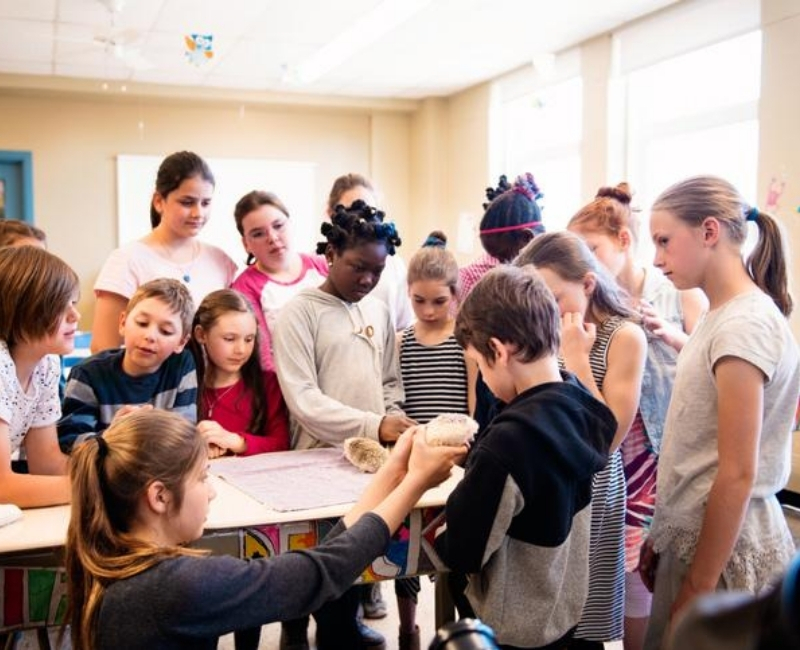
When things do eventually return toward resembling our previous normalcy, we want our public schools to be there for us. We also want our kids to be emotionally and socially prepared to learn.
It's a difficult situation with no easy answers, but one thing is abundantly clear: We're all fortunate to have access to education in this country. The inequity of that access, however, is becoming an increasingly big problem that we cannot ignore.

